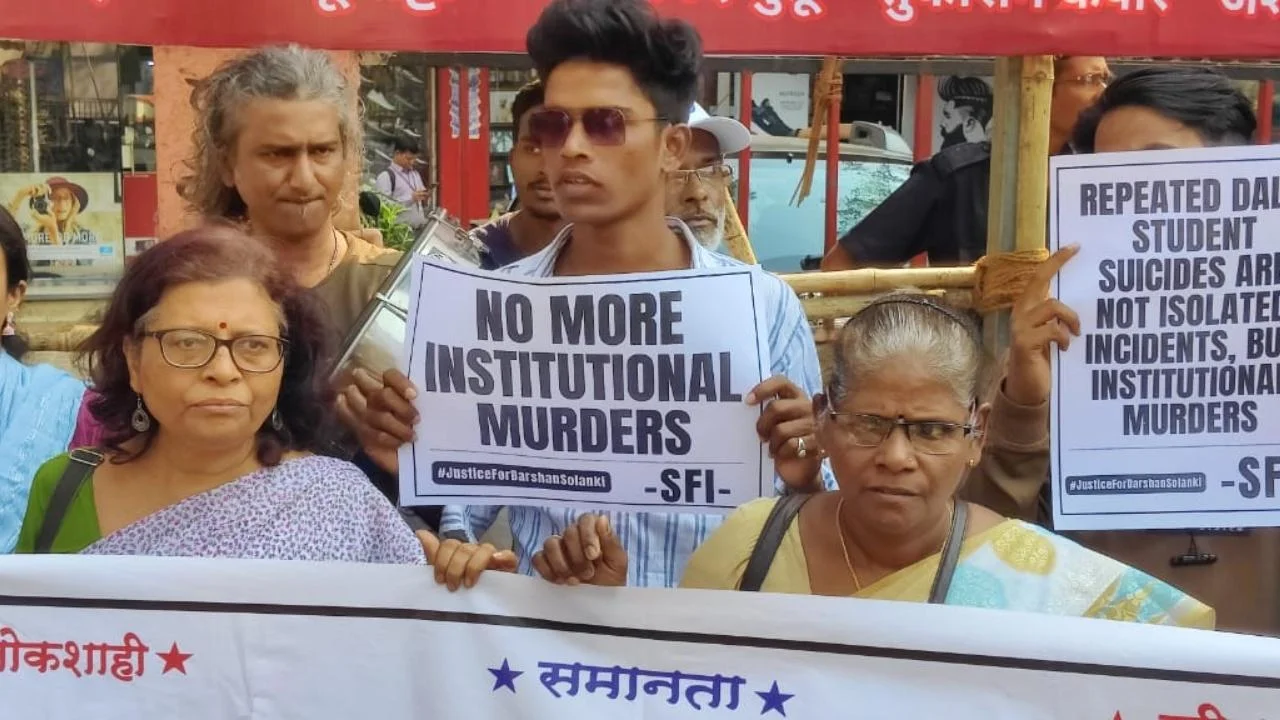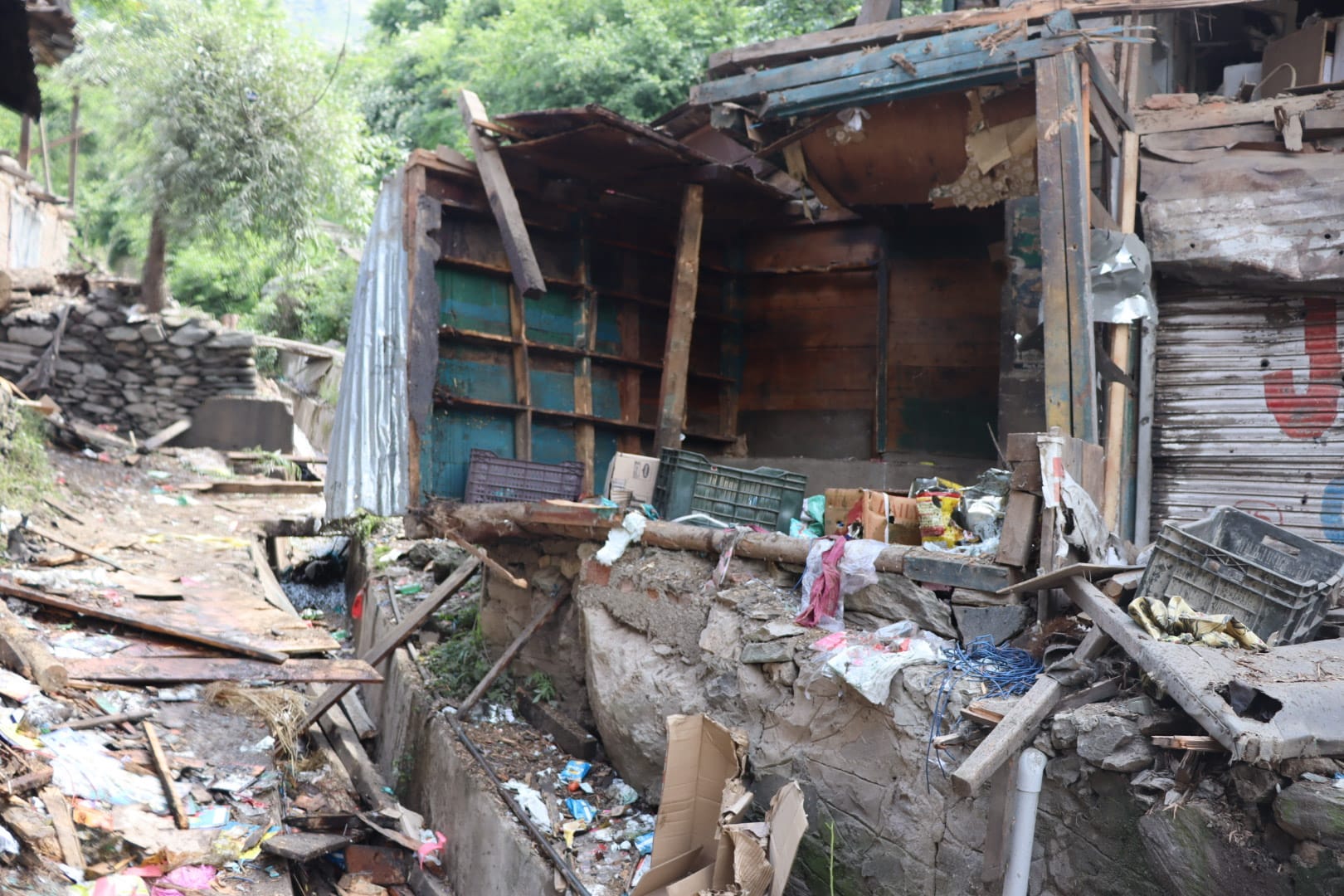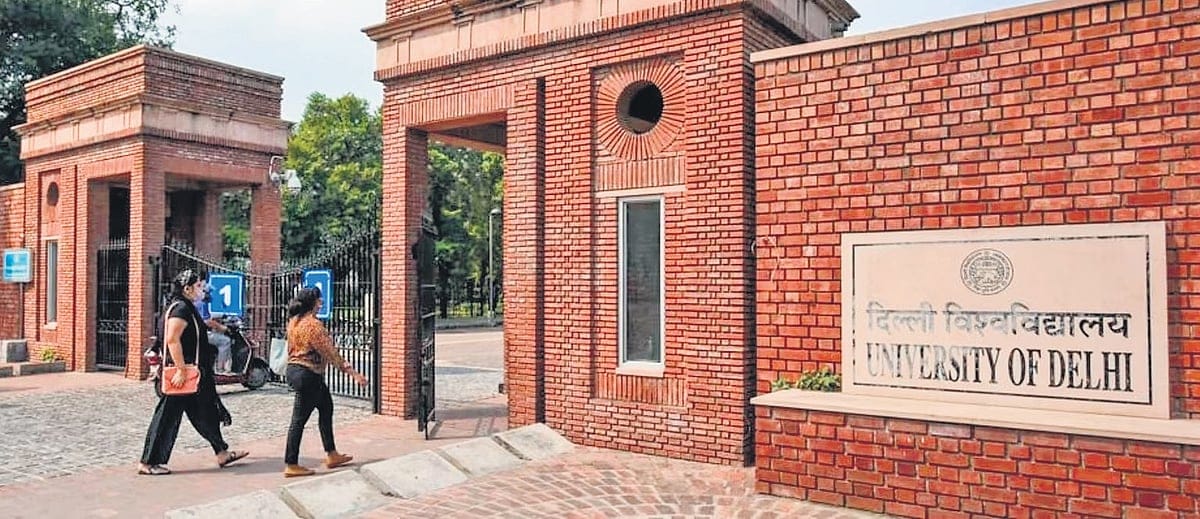Last year ended with the President of India in his address to the students of NIMHANS college during their convocation accepting that India is going through a mental health epidemic. He claimed that the number of people suffering from mental health problems in India is more than the entire population of Japan. And the numbers will only agree with the hon’ble President.
India, recently in a report by WHO, was declared to be the most depressed country in the world with more than 10% of our population going through depression since 2016. If we factor in the realities that most of the mental health cases go unreported and there still exists a stigma around this issue almost all across the country; one can only imagine the magnitude of the problem.
Students in India seem to be facing an even bigger challenge. A lot of us may have come across the statistics that there occurs one student suicide every hour minutes in our country. The numbers speak for itself here as well. Since 2015, there have been close to 38,000 student suicides in the country making India the country with the highest student suicide rate.
Students in India face a lot of unique situations like parental pressure in career or education choices, social pressures and most importantly lack of awareness regarding mental health problems and how to deal with them. There are also several unique problems faced by the students of the nation such as the abhorrable tradition of ‘ragging’ that is still prevalent in most colleges, discrimination against students from the Dalit Bahujan Adivasi (DBA) communities in India and a host of other social pressures that make students feel small and attack one’s self confidence.
Since 2015, there have been close to 38,000 student suicides in the country making India the country with the highest student suicide rate.
The caste factor has seen many lives been taken in Indian colleges. Sagar Mondal and Rohith Vemula are names that come to one’s minds in a jiffy in this context. Discrimination against caste mostly stemming from reservations is something that plagues almost all colleges in the country. Add to that the financial pressures that a student from a DBA community has to deal with and it forms a deplorable cocktail for mental health problems. In everyday life, students from these communities often cannot compete with the socio-financial stronghold and influence that the upper caste, upper class students have in residential campuses.
These problems are further accentuated when one lives and studies in a small, close knit residential campuses that are often situated far away from the city which become hotbeds for rumours on one’s social life. The unwillingness of several administrations to continue to adequately deal with mental health problems on such campuses is quite alarming. In the author’s University itself, in two and a half years, counsellors have changed four times for reasons that the student community is largely unaware of. And people dealing with mental health problems know how difficult it gets if the person they are seeking help from keeps changing.
Also read: Why Was The ICC Orientation Of Ramjas College Postponed Indefinitely?
Often the administration themselves are not understanding of problems like insomnia, anxiety and depression and they mostly have an attitude of “getting on with it”, “taking it in your stride” or “becoming tough and not losing”. The administrations often when they feel like, deal with the incidents of severe mental pressure or trauma on a case by case basis as there’s no set guidelines for anything related to mental health and they are often guided by a preconceived notion of what mental health suffering should be.
I am sure every student at some point would have experienced how often college professors and administrations feel like creating pressure environments are a good stepping stone for dealing with high pressure jobs and this majoritarian view goes directly against what students going through mental health issues need. All of these attitudes mostly don’t help the students.
The unwillingness of several administrations to continue to adequately deal with mental health problems on such campuses is quite alarming.
Add to that the pressures of studying taxing courses like law, medicine, technology or any other discipline while staying alone out of the protected environment of one’s house right after high school and we can imagine how much of a problem mental health must be on campus. Often thus, with so much pressure and no help in sight, drugs and alcohol become the answer to these problems and that does more damage than help.
There is ignorance at every level in the education system itself. If we probe into reports of the Sagar Mondal case, the Dean of Student administration in a reputed institute like IISER Calcutta dismissed the counsellor visits of the student by saying “Just because someone visits a psychiatrist doesn’t mean he has a mental illness”. The NAAC, an institution of the UGC lists grievance redressal counseling centres as one of the minority factors in accrediting an institution. “There are much more important factors like research, infrastructure,” said MS Shyamsundar, regional coordinator for NAAC in South India.
What Indian educational institutes desperately need is not just a nation wide law like the mental health act to cater to its growing and diverse problems but a separate mandatory mental health policy for each University made by the students to cater to the unique problems faced by the students of any particular University.
Administrations have to strive to maintain a few steady counsellors for all needs of the students and be more receptive and sensitive towards mental health problems. They have to take into account all or most of the issues flagged here like ragging, discrimination in any form, pressure due to unwarranted rumours, deliberate pressure environments created for the “benefit” of students but not just stay limited to these.
Also read: Where Can We Cry? – Forced Silence And Subversion In Educational Institutions
Mental Health issues should be given as much importance as any frivolous medical issue is given and concessions need to be made for the people who are suffering in silence day in and day out. Because suffering in silence for a year or more, twenty four seven a day, seven days a week is infinitely tougher than dealing with a simple case of common cold and it is about time our academicians and administrations understand that and address it adequately.
Featured Image Source: Indian Express




